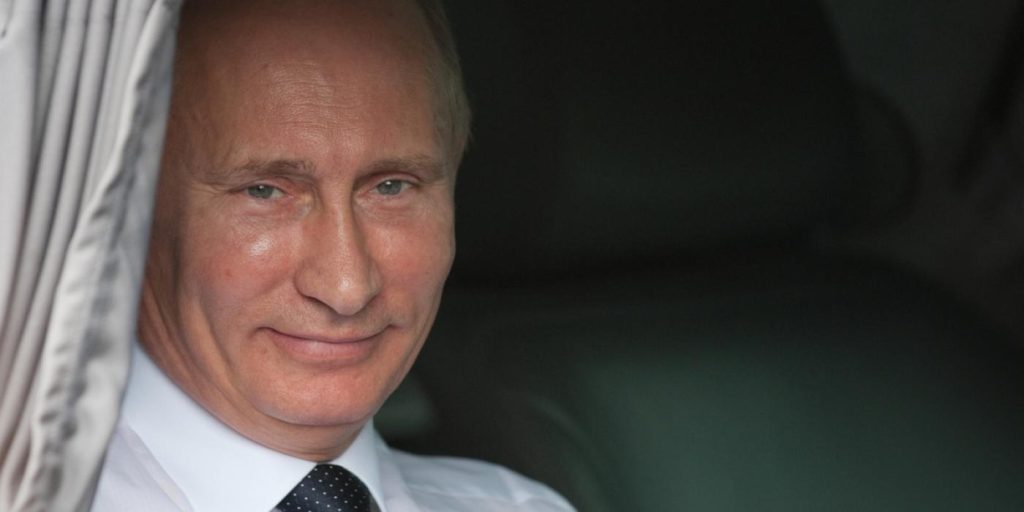‘We Are in Year 2 of Putin’s 10-Year War Plan’.
Others are reading now
Amidst the prolonged conflict in Ukraine, NATO experts have reportedly uncovered a grand plan by Russian President Vladimir Putin, suggesting an ambitious 10-year offensive aimed at extending Moscow’s control over parts of Europe, including the Baltic states. As the war nears its two-year mark, concerns escalate over the potential spread of hostilities beyond Ukraine’s borders.
According to insights shared with General Christopher Cavoli, NATO’s supreme commander, and reported by the Standard, Putin’s strategy might not only aim at Ukraine but also target the sovereignty of Lithuania, Latvia, and Estonia. This revelation aligns with recent warnings from UK Defense Secretary Grant Shapps and Army Chief General Sir Patrick Sanders about the British forces’ potential involvement in a conflict against Russia within the coming years.
The narrative suggests that we could be witnessing the second phase of Putin’s broader scheme, initiated with the invasion of Ukraine. A senior NATO official emphasized the gravity of the situation, stating, “The Tiger of Europe” might see a dire turn in 2024, affecting not just the region but also impacting 800,000 Romanians amidst a permanent crisis.
Also read
This speculation is grounded in the belief that Putin’s ultimate goal is to establish Russia as a dominant force across Europe, leveraging military might over diplomatic channels. The alleged plan indicates that after subduing Ukraine, Putin would pivot towards the Baltic nations. Given their NATO membership since 2004, an assault would trigger Article 5 of the North Atlantic Treaty, mandating a collective defense response from all 31 alliance members.
Further expansion into the Baltic region could potentially place Finland, Poland, and Sweden in Moscow’s crosshairs, marking a departure from the Cold War’s balance of power and ushering in a new era of unpredictability and heightened risk.
The confrontation during the Cold War, characterized by a delicate balance and mutual distrust, was managed through arms limitation treaties and the doctrine of Mutually Assured Destruction (MAD). However, Putin’s current trajectory seems to disregard the post-World War II international order, aiming instead to weaken Western alliances, isolate the United States, and diminish European influence.
Putin’s admiration for Stalin and references to Russia’s imperial past under Peter the Great and Catherine the Great underscore a vision of restored Russian grandeur. This ambition is backed by a significant portion of Russia’s national budget allocated to defense, increased military production, and strategic partnerships for arms procurement.
Despite economic sanctions, Russia’s economy has shown resilience, buoyed by high oil prices. Yet, the human cost of the conflict in Ukraine and the demographic challenges within Russia itself raise questions about the sustainability of Putin’s aggressive posture.
As NATO prepares to mark its 75th anniversary in July 2024, the unfolding situation in Ukraine and the broader geopolitical landscape present a critical test for the West’s resolve and unity in the face of Russian ambitions.


